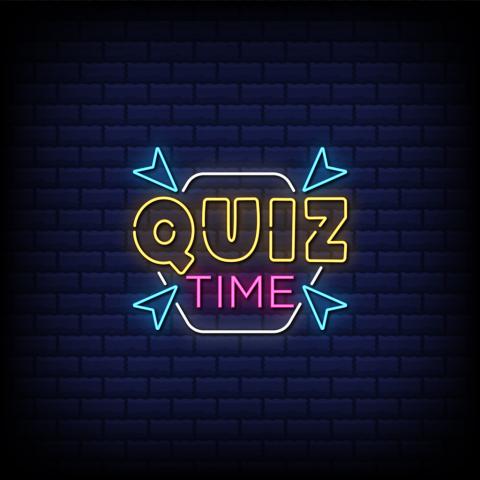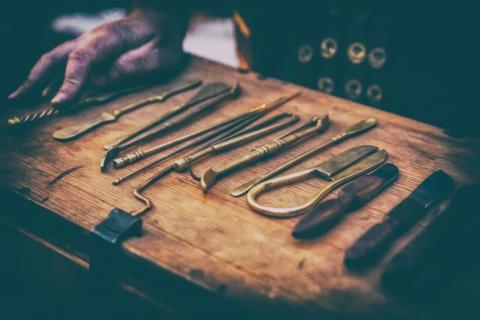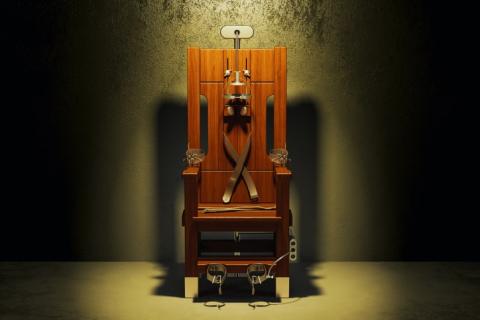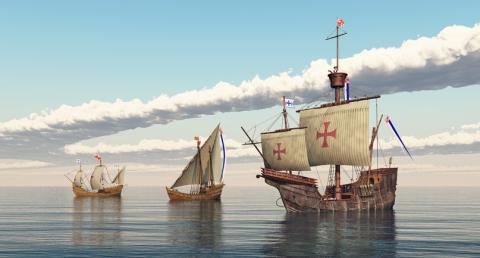Notable Native Americans Quiz
This Northern Cheyenne chief and U.S. senator switched political parties in the mid-1990s, from Democratic to Republican. Can you remember their name?
- Senator Campbell was captain of the U.S. Olympic judo team in 1964 and is a three-time U.S. judo champion.
Who is this Shawnee chief who fought with the British during the War of 1812 and was made a brigadier general?
- Tecumseh, along with his brother Shawnee Prophet, attempted to form a confederacy of various Indian tribes in order to reach their ultimate goal of a unified Indian nation.
Can you name this Sioux leader won the battle of the Little Bighorn, where Custer and his men were defeated and killed on June 25, 1876?
- After the battle, Sitting Bull and some of his followers escaped to Canada, but they returned (1881) on a promise of a pardon and were settled on a reservation. He encouraged the Sioux to refuse to sell their lands, and he was an advocate of the ghost dance religion.
This writer is famous for her tetralogy, which began with "Love Medicine". What is her name?
- Erdrich's 1984 novel "Love Medicine", winner of the National Book Critics Circle Award, was followed by "The Beet Queen" (1986), "Tracks" (1988), and "The Bingo Palace" (1994).
This musician led Bob Dylan's backup band and wrote music for the films "Raging Bull" and "The Color of Money". What's their name?
- Robbie Roberston, the son of a Mohawk mother, led the famed group, whose last performance was immortalized in "The Last Waltz". Robertson has produced albums that explore traditional Native American music.
He was the 31st vice president of the United States. Who is he?
- Charles Curtis, part Kansa, who was admitted to the bar in 1881, served in Congress (1892-1906), championing Native American rights to self-government with the Curtis Act (1898), and served in the Senate (1907-1913; 1915-1929).
This writer self-identifies as a poet and was awarded a Pulitzer Prize for fiction. What is their name?
- N. Scott Momaday won the Pulitzer Prize for his novel "House Made of Dawn" in 1969. He has also published plays, essays, literary history, and a memoir. Professor Momaday has taught English and creative writing since 1963.
This Shoshone woman acted as an interpreter and guide for Lewis and Clark. Can you identify her?
- Sacagawea, also spelled Sacajawea, was the only woman to accompany Lewis and Clark in their search for a land route to the Pacific. Her image graces the golden dollar, which was released in 2000.
She is the first woman to be elected principal chief of the Cherokee Nation of Oklahoma. Who is she?
- As chief of the Cherokee, Mankiller was responsible for a nation of over 140,000 people and an annual budget of over $75 million.
Can you name this Pawtuxet man who befriended the Plymouth colonists and acted as a guide and interpreter for William Bradford?
- Squanto is sometimes believed to have been taken to England from the Maine coast by George Weymouth (1605) and returned by John Smith in 1615, but it is certain that he was kidnapped by Capt. Thomas Hunt in 1615, lived in England, and returned (1619) to North America with Capt. Thomas Dermer.






